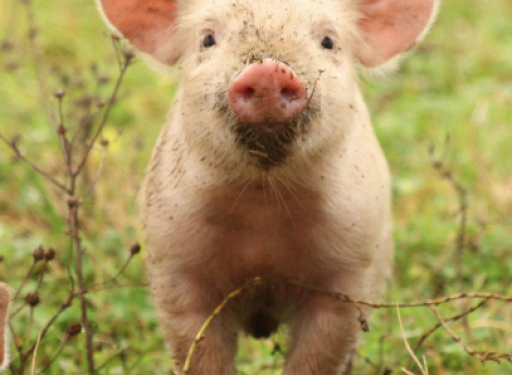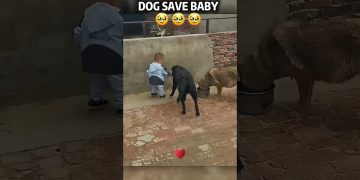
On 16 July, the European Commission unveiled its legislative proposal for the post-2027 Common Agricultural Policy (CAP) and Multiannual Financial Framework (MFF).
There are positive developments in the proposal:
- Animal welfare is explicitly cited as a CAP objective (Article 2), and again under eco-scheme priorities (Article 10).
- The new “Farm Stewardship System” (formerly conditionality) offers legal grounds for supporting higher-welfare systems, such as:
- Pasture-based ruminant farming
- Cage-free housing for laying hens
- Higher space allowances for broilers
The proposal also promotes the conversion to organic and extensified livestock systems, and aligns animal health interventions with climate objectives, signalling a shift towards integrated, sustainable approaches.
However, this ambition is undercut by critical omissions:
- No dedicated budget for animal welfare measures.
- No mandatory welfare conditions attached to coupled payments for livestock, a major loophole that risks entrenching intensive practices.
- No strong link with the pending animal welfare legislative package, including the much-anticipated phase-out of cages.
Animal welfare is cited just five times in the entire proposal, a number that does not reflect the scale of the CAP’s impact on farmed animals in the EU.
Under the proposed MFF, the defence and security budget will increase fivefold, and mobility funding will grow tenfold. Meanwhile, food security, a consistent headline in EU political discourse, receives comparatively less attention. The CAP budget is set at €300 billion, a significant reduction from the current period. This budget is intended to cover all income and business support for farmers, including direct payments, agri-environmental measures, and innovation support.
Eurogroup for Animals welcomes several components:
- Recital 7, which calls for more ambitious ecosystem services, including animal welfare, to be rewarded.
- For the first time, the Commission’s CAP proposal explicitly mentions transition support for the extensification of livestock farming. This is a major step forward, aligning agricultural policy with sustainability and animal welfare goals.
- Support for young farmers and generational renewal (Articles 14–16), especially when tied to organic or innovative models.
- Requirements for Member States to include animal welfare NGOs as stakeholders during the preparation of their Partnership Plans, ensuring accountability and transparency.
Other areas still need to be improved:
- Eco-schemes must do more than allow for animal welfare, they must require it.
- Coupled payments should be conditional on higher welfare standards to prevent further intensification.
- Clear, enforceable performance indicators are needed to monitor animal welfare outcomes across Member States.
- The Commission must provide stronger guidance to avoid a patchwork of ambition, where some countries lead while others lag far behind.
- The 2% allocation of coupled income support for protein crops is maintained in the new CAP proposal. This is insufficient to meet the EU’s strategic goals for protein self-sufficiency and the shift toward more sustainable food systems.
Moreover, co-financing requirements could mean that in countries with limited budgets, agro-environmental and welfare schemes simply won’t happen. This would leave the EU’s vision dependent on geography rather than shared values.
The European Parliament and Council now have both the opportunity and the responsibility to improve the CAP proposal. They must guarantee minimum spending on animal welfare, require transition support for cage-free systems, ensure that NGO voices are meaningfully included in the development of national plans, and establish a clear and robust link between the CAP and the upcoming animal welfare legislation. Eurogroup for Animals will continue working with policymakers to ensure that the new CAP delivers for animals, farmers, and citizens across the EU.









Discussion about this post